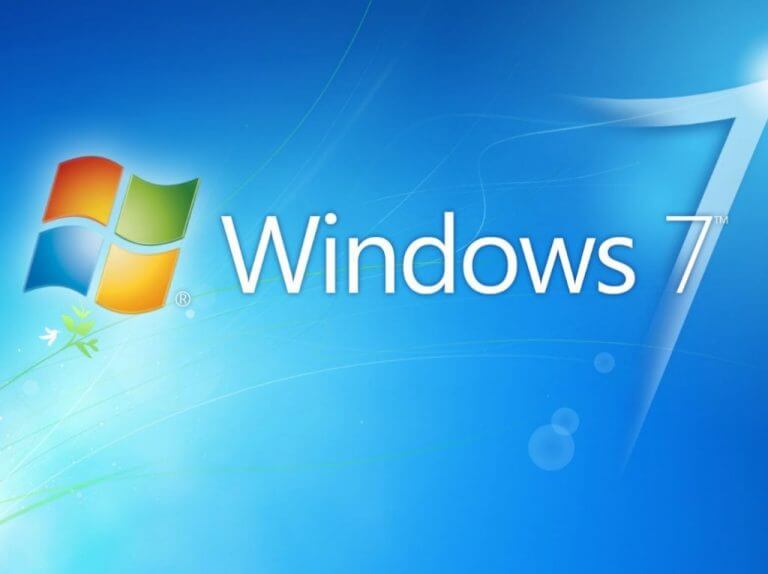If you are running on Windows 7 Professional and Enterprise editions, you might want to consider upgrading to a newer OS. This is because Microsoft is cutting support for it from tomorrow, meaning users will no longer get extended security updates thus exposing them to security threats and vulnerabilities. The same also applies to Microsoft’s Extended Security Update of Windows 8.1.
Windows 7 was launched back in 2009 and was set to hit its end of support date in January 2015 and its extended end of support in January 2020. The Extended Security Update (ESU) program was put in place by Microsoft to help customers that were still running legacy Microsoft products beyond their end of support on Windows 7 systems.
Microsoft recommends that users should consider upgrading their devices to new operating systems to continue receiving security updates. You might also want to consider upgrading your device in case it does not meet the minimum system requirements for the OS you want to upgrade to.
Per Microsoft’s support page, Windows 7 device owners can easily upgrade to Windows 10 by simply purchasing and installing its full version. However, it is worth noting that Windows 10 will reach its end of support date on October 14, 2025. This makes Windows 11 a viable option compared to Windows 10 as it will continue to receive security updates, canceling the need to go through this process again once Windows 10 reaches its end of support date.
According to Microsoft:
Most Windows 7 devices will not meet the hardware requirements for upgrading to Windows 11, as an alternative, compatible Windows 7 PCs can be upgraded to Windows 10 by purchasing and installing a full version of the software. Before investing in a Windows 10 upgrade, please consider that Windows 10 will reach its end of support date on October 14, 2025.
Microsoft further added that while most users will be required to buy new devices in order to access Windows 11, they’ll now have access to advanced hardware components among other benefits. Besides, PCs have undergone significant changes since Windows 7 was first launched. “Today’s computers are faster, more powerful, and sleeker—plus they come with Windows 11 already installed,” explained Microsoft.
According to a report released by Lansweeper last year, 43% of Microsoft devices still can’t run Windows 11 based on 30 million Windows devices scanned at 60,000 enterprises. Of the scanned devices, only 2.61% are currently running Windows 11, perhaps, these operating systems reaching their end of support will prompt more people to transition to Windows 11 and increase the percentage of devices running on it.
What’s more, it is also worth noting that Microsoft’s Edge Dev build 110 dropped support for Windows 7, 8, and 8.1. This means that users running on any of the operating systems won’t be able to access the latest features and updates coming to Edge anymore.


